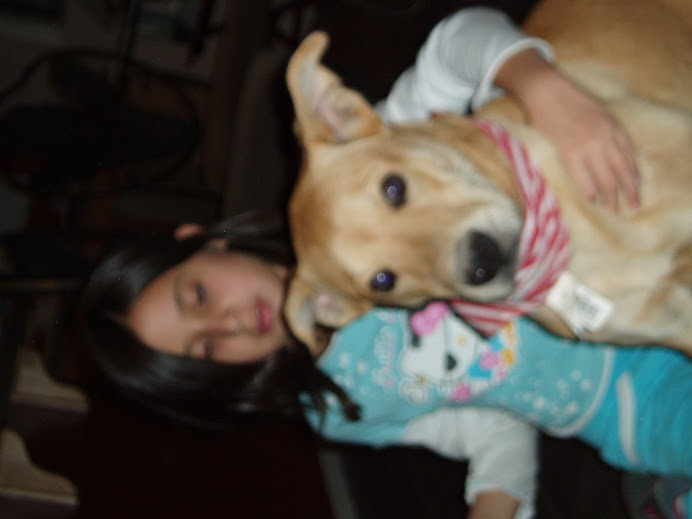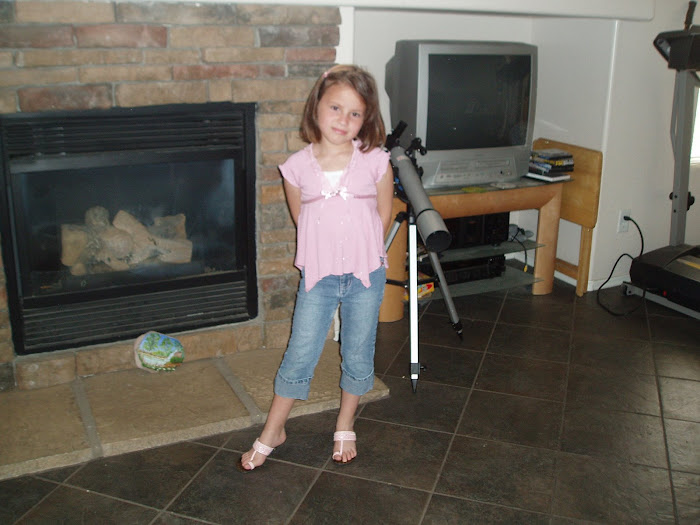It is amazing how web 2.0 being such a popular tool to bring the world together and yet so many people are not even aware of what it. They may know what youtube is, or flicker, but they do not know the history and the importance of this new technilogical revolution. As a matter of fact this second generation technology is so important that there is even a summit every year which is completely dedicated to discussing Web 2.0. The first summit was in 2004 where it was dubbed by Tim O'Reilly as Web 2.0. Last year the summit was in San Francisco, CA on October 17-19 and this year the summit will be held in New York, New York on September 16-19 http://www.web2summit.com/. If this wasn't enough there will also be summits in Europe Berlin, Germany and Tokyo, Japan in 2008. This shows the great importance of web 2.0 http://www.web2expo.com/.
Web 2.0 has several definitions, Tim O'Reilly refers to Web 2.0 as business embracing the web as a platform and using its strengths.
During O'Reilly's openning statement of the first Web 2.0 conference, O'Reilly and John Battelle summarized what they saw as the themes of Web 2.0. They argued that the web had become a platform, with software above the level of a single device, leveraging the power of the "Long Tail", and with data as a driving force. According to O'Reilly and Battelle, a design of participation where users can contribute website content creates network effects. Web 2.0 technologies promote innovation in the assembly of systems and sites composed by pulling together features from distributed, independent developers.
Level-3 applications, the most "Web 2.0"-oriented, only exist on the Internet, deriving their effectiveness from the inter-human connections and from the network effects that Web 2.0 makes possible, and growing in effectiveness in proportion as people make more use of them. O'Reilly gave as examples eBay, Craigslist, Wikipedia, del.icio.us, Skype, dodgeball and AdSense. Level-2 applications can operate offline but gain advantages from going online. O'Reilly cited Flickr, which benefits from its shared photo-database and from its community-generated tag database. Level-1 applications operate offline but gain features online. O'Reilly pointed to Writely (now Google Docs & Spreadsheets) and iTunes (because of its music-store portion). Level-0 applications work as well offline as online. O'Reilly gave the examples of MapQuest, Yahoo! Local and Google Maps (mapping-applications using contributions from users to advantage can rank as "level 2"). Non-web applications like email, instant-messaging clients and the telephone fall outside the above hierarchy.
Basically what Wikipedia means by the Web 2.0 having several definitions it is that there are several levels and uses for the Web 2.0 http://en.wikipedia.org/wiki/Web_2
Web 2.0 is the network as platform, spanning all connected devices; Web 2.0 applications are those that make the most of the intrinsic advantages of that platform: delivering software as a continually-updated service that gets better the more people use it, consuming and remixing data from multiple sources, including individual users, while providing their own data and services in a form that allows remixing by others, creating network effects through an "architecture of participation," and going beyond the page metaphor of Web 1.0 to deliver rich user experiences. http://radar.oreilly.com/archives/2005/10/web-20-compact-definition.html
Basically, what O'Reilly is saying here is that web 2.0 is a new generation of web use and that as time goes on there will be imporvement just as history has shown us that through time things have improved for mankind as far as modernity. There most likely will be a Web 3.0 in the future.
I chose flicker to work with but there is actually two parts to this. I first wnet to a blog and I commented on a community page that people were discussing illegal immigrants. A topic that is very hot for me and it is my passion. It is amazing how many people are so ignorant to the actual facts of illegal immigration and how there is so much hate. Well I posted a comment but I was not able to post pictures so I created a flicker account and linked the flicker to this other website and I have no clue what it is but her are the links http://world.scvlife.net/us-mexico-border/#comment-45204/ this one takes you to my comment and if you click on my name it will take you to flicker but here is my flicker site as well. http://www.flickr.com/photos/24303620@N04/. My pictures were part of an action research that I did on globalization of the border cities.
I am so amazed with the stuff I have learned up to now, although it gets to me because since it is new stuff that we have to learn sometimes I just want to throw in the towel and skip an assignment but at the end of my assignment I am glad I explored and worked it. Lets face it this is the kind of knowledge we will need to get those jobs after graduation.
My tags were border cities, illegal immigrants, undocumented, lost children in the desert, repatriated children, immigrant children.
Another thing that I liked about this is that my dad is retired and the only hobby he has is writing and quoting the bible but he emails it to me and to my brother I do not want to read it and my brother does not have time to give him feedback. But when he comes in to town again I will be able to teach him how to blog and post his thoughts and share with people that may be interested in what he has to say.
Which leads to another thing I like about this is that I can also put out my thoughts and opinion about issues like immigration and other hot topics.
Subscribe to:
Post Comments (Atom)






3 comments:
There are some very sad world conditions, I agree. Sometimes I feel very helpless when it comes to making things better for other peoples in third worl countries. Thank you for showing those pictures.
I like what you had to say about illegal immigrants. Some people are so ignorant to the subject! I like how you used Flicker to post pictures regarding this subject. I'm sure posting pictures along with discussions regarding such controversial topics can really help make a point, as well as let people see with their own eyes what is really going on. After all, a picture is worth a thousand words.
Beautiful, important work you're doing as citizen journalist. What class is this for? Who is the teacher? That person is doing important work too.
I'd like to see the 'collective' results if they're being collectively tagged?
Post a Comment